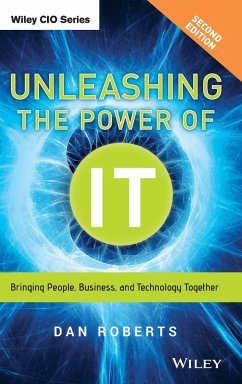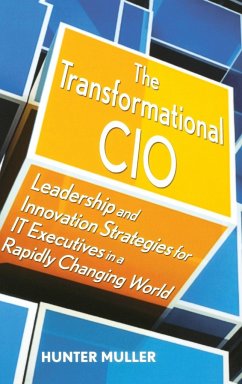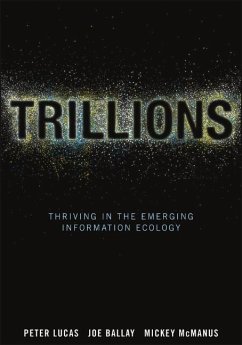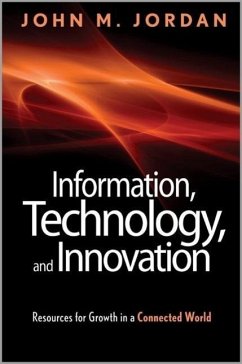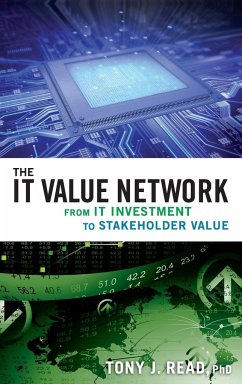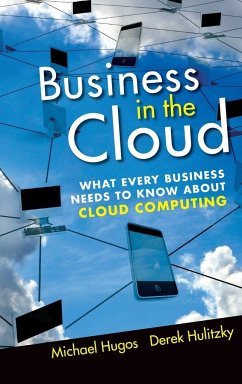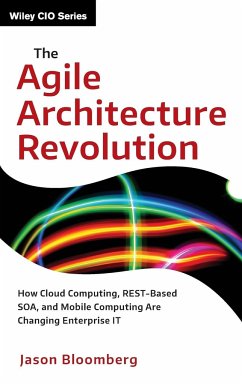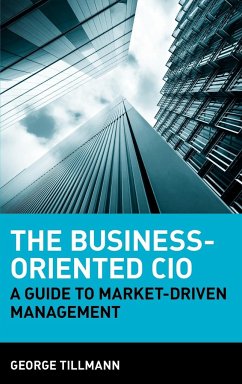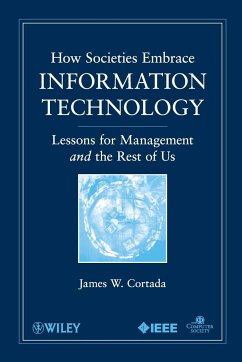Nicht lieferbar
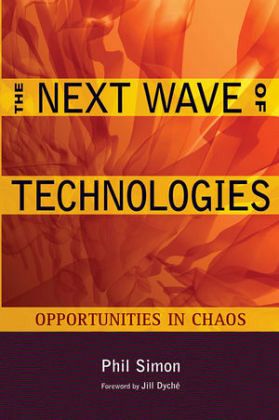
The Next Wave of Technologies
Opportunities in Chaos
Your all-inclusive guide to all the latest technologiesProviding you with a better understanding of the latest technologies, including Cloud Computing, Software as a Service, Service-Oriented Architecture (SOA), Open Source, Mobile Computing, Social Networking, and Business Intelligence, The Next Wave of Technologies: Opportunities from Chaos helps you know which questions to ask when considering if a specific technology is right for your organization.Demystifies powerful but largely misunderstood technologiesExplains how each technology worksProvides key guidance on determining if a particula...
Your all-inclusive guide to all the latest technologies
Providing you with a better understanding of the latest technologies, including Cloud Computing, Software as a Service, Service-Oriented Architecture (SOA), Open Source, Mobile Computing, Social Networking, and Business Intelligence, The Next Wave of Technologies: Opportunities from Chaos helps you know which questions to ask when considering if a specific technology is right for your organization.
Demystifies powerful but largely misunderstood technologies
Explains how each technology works
Provides key guidance on determining if a particular technology is right for your organization
Contains contributions from experts on Cloud Computing, Service-Oriented Architecture (SOA), Software as a Service (SaaS), Open Source, Mobile Technologies, Enterprise Risk Management, Social Media, Business Intelligence, and more
More of a management text than a technical guide, the book is designed to help your organization better understand these exciting new technologies and their potential impact. The Next Wave of Technologies: Opportunities from Chaos will help you determine if your organization is ready for a specific technology, how to prepare for its successful adoption, how to measure success, and the key risks and red flags to recognize.
Providing you with a better understanding of the latest technologies, including Cloud Computing, Software as a Service, Service-Oriented Architecture (SOA), Open Source, Mobile Computing, Social Networking, and Business Intelligence, The Next Wave of Technologies: Opportunities from Chaos helps you know which questions to ask when considering if a specific technology is right for your organization.
Demystifies powerful but largely misunderstood technologies
Explains how each technology works
Provides key guidance on determining if a particular technology is right for your organization
Contains contributions from experts on Cloud Computing, Service-Oriented Architecture (SOA), Software as a Service (SaaS), Open Source, Mobile Technologies, Enterprise Risk Management, Social Media, Business Intelligence, and more
More of a management text than a technical guide, the book is designed to help your organization better understand these exciting new technologies and their potential impact. The Next Wave of Technologies: Opportunities from Chaos will help you determine if your organization is ready for a specific technology, how to prepare for its successful adoption, how to measure success, and the key risks and red flags to recognize.





